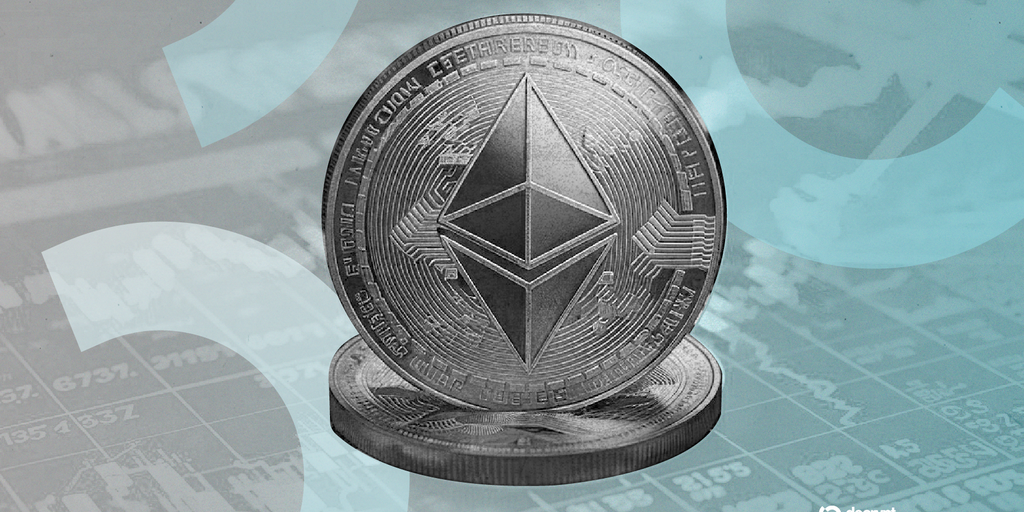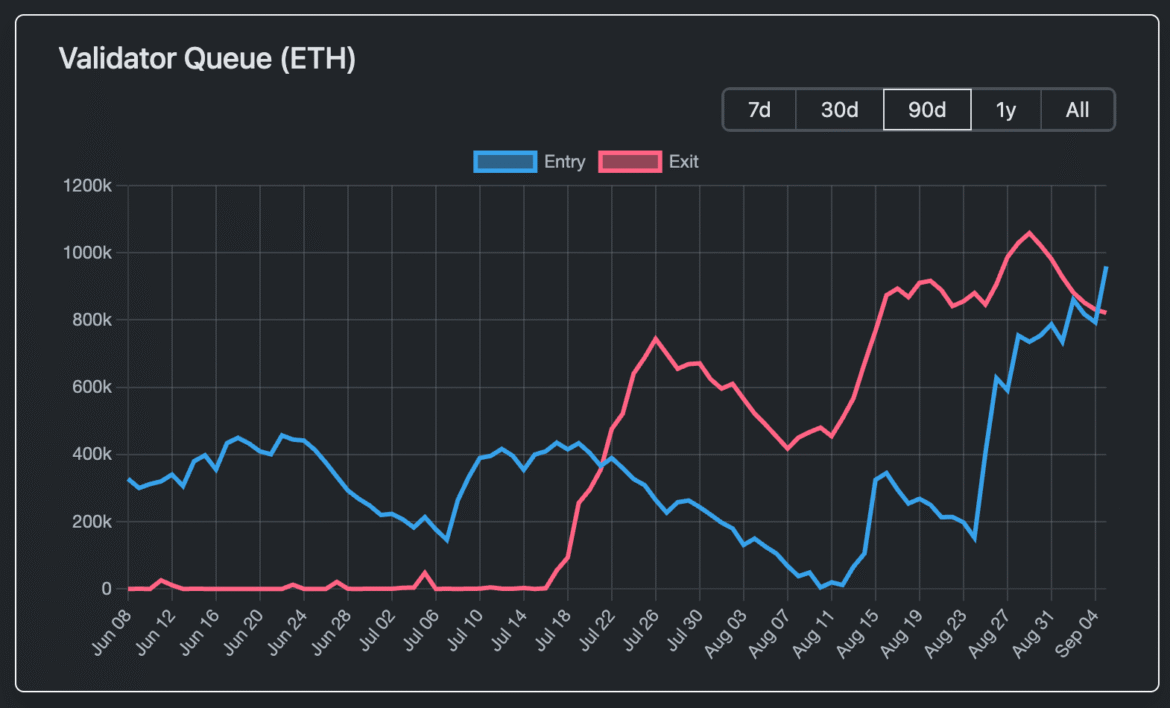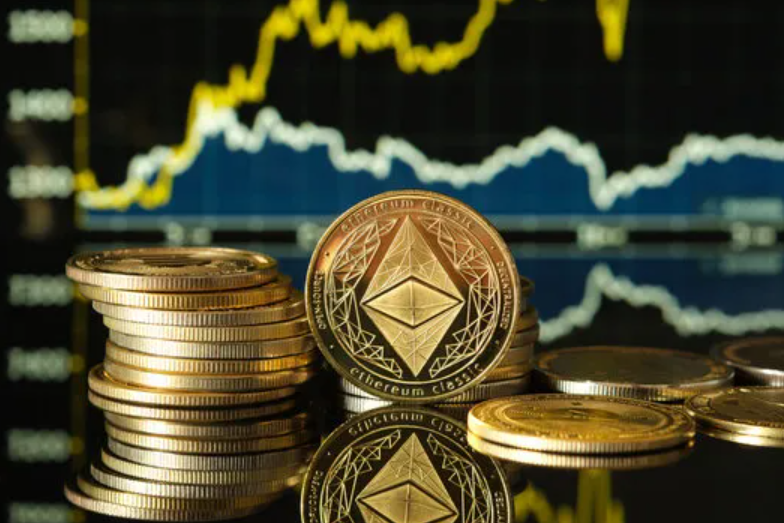In brief
- An Ethereum ICO whale from 2015 moved $645 million worth of ETH from three wallets to a staking service.
- The whale still holds $1.1 billion in ETH.
- A Myriad Linea prediction market shows more than 70% of respondents believing that ETH will hit $5,000 by year’s end.
An Ethereum whale that scooped up one million ETH during the ICO in 2015 has moved $645 million worth of funds from three wallets to a staking service, onchain data shows.
The whale movement was initially spotted by EmberCN. The account noted that the whale appears to still hold $1.1 billion worth of ETH after having initially acquired one million ETH in the ICO.
In recent months, investor optimism about Ethereum has soared following the passage of crypto regulation that should benefit the network, and amid rapidly growing institutional interest in the asset that has fueled massive inflows into ETH exchange-traded funds.
Ethereum was recently trading just below $4,300, down slightly over the past 24 hours, according to crypto price aggregator CoinGecko, but it set a record high last month above $4,900 and is up more than 71% over the past three months.
Users on Myriad, a prediction market owned by Decrypt parent company DASTAN, are still confident that Ethereum will climb above $5,000 with 73% of them thinkingETH will surpass that milestone before 2026.
With the Bureau of Labor Statistics nonfarm payroll report showing a negative result for the first time since 2020, the odds of a September rate cut have risen and risk-on assets are pumping, Max Shannon, senior research associate at Bitwise, told Decrypt.
“Risk-on assets have screamed higher, as the DXY and USTs tank,” he said. “Not only did the jobs print come in lower than Wall Street estimates—it also showed that the prior month’s numbers were revised downward to show a loss in June.”
Shannon added the whale activity isn’t surprising as ETH balances on exchanges have been declining. But he noted that ETF flows have also weakened, after a strong streak in late August.
“This is a classic case of profit-taking given its recent run-up, coming into an uncertain scenario surrounding today’s macro releases,” he said. “I suspect the short term outlook for the next couple of weeks could turn positive again.”
Shannon said it’s very possible Ethereum makes it all the way to $5,000 this year, particularly because Bitcoin and ETH have been closely correlated.
“With the BTC-ETH correlation at 0.79, the BTC tide can still lift the ETH boat,” he said. “I suspect this correlation may actually strengthen.”
But ETH cracking $5,000 isn’t a sure thing, he cautioned. One of the things working against it is that it’s already had a big run.
“From a psychological viewpoint, it’s still very possible that investors rotate into non-ATH blue chips such as Solana to chase gains into year-end given strong crypto performance,” Shannon said. “This would hinder the chances.”
Daily Debrief Newsletter
Start every day with the top news stories right now, plus original features, a podcast, videos and more.










